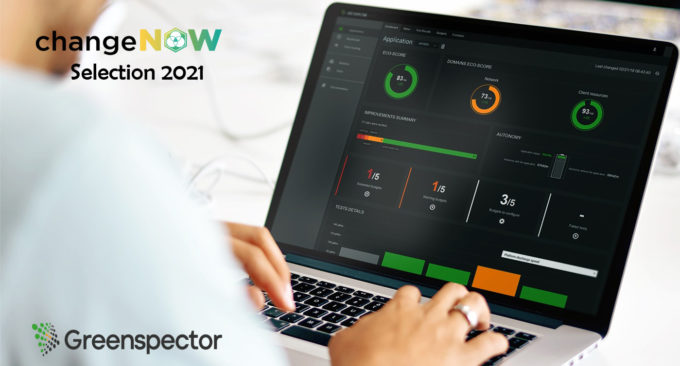Enabling digital companies to achieve environmental sobriety is the challenge Greenspector has been taking up for 10 years. Thierry Leboucq, founder of the company, explained to Feat-Y the company’s raison d’être and the “benevolent” support that Greenspector offers for an eco-responsible policy on the part of the companies present in the digital sector and the concern to make the general public aware of this issue. Interview.
Feat-Y: What was the trigger to found Greenspector?
Thierry Leboucq: The trigger was to make the link between the digital subjects, in which I had a course of more than 20 years, crossed with the environmental sense. We can see that digital technology has been treated for many years without paying attention to the resource, without paying attention to the technological leaps which embark us in uses more and more impacting. The idea of Greenspector is to accompany companies in their efforts to reduce their impact and to raise awareness among digital actors and consumers about the environmental issues of digital technology.
Feat-Y: Can we say that Greenspector, because of its name, acts as an inspector on the quality of digital applications and their ecological footprint?
T.L: That’s kind of the logic behind the name, initially. It was the idea of saying: “We are going to create a solution that will allow us to control and measure”. But control is not the only part. The objective is to help companies progress. There is an inspection through measurement in a “benevolent” logic, in the sense that we come to provide insight and solutions. The inspection of a digital service, a mobile application, a website, or a connected object, allows us to provide the means to act by measuring and controlling this consumption of resources and energy. This is the objective that Greenspector has set for itself: to help companies integrate this approach into their manufacturing chain.
Feat-Y: The services that your company offers are directed to individuals and companies. What is the proportion of one and the other in Greenspector’s activity?
T.L: We don’t have any business activity aimed at consumers. We address organizations, those who produce digital services. Even if, indeed, in our messages, we challenge the consumers of these digital services to move the lines a little. One could say maliciously that, as long as we don’t denounce overconsumption in digital services, organizations continue to open the floodgates and to consume. For example, when we publish an article on streaming video, we know very well that 80% of Internet traffic today is linked to video. Of course, ALL THESE MAJOR GLOBAL PLAYERS ARE SEEN AS THE MAJOR DIGITAL POLLUTERS. And if we hadn’t let our users know about this, maybe it wouldn’t have made the digital companies react, even though they are big consumers of networked platforms.
But we are also a company with a mission by virtue of our statutes, whose vocation is also to raise awareness among consumers of information, so that they can have data on these consumptions, these impacts. We also aim to intervene in schools or universities, especially to give conferences and show ways to act as a citizen and as a future digital designer in companies.
Feat-Y: Have you observed an evolution on the part of companies or individuals who have called on Greenspector in recent years?
T.L: We’ve been working on these topics for 10 years. We clearly saw some precursors in our first years and today, we feel that over the last two years, there has been a much stronger awareness and above all a shift to action that is being translated in several ways: more and more entrants on this market, who want to address this issue, more and more conferences, more and more academic research. We feel that the subject is gaining momentum. On the client side, we can see that more and more companies and organizations want to integrate this dimension into their projects, to measure themselves, to compare themselves, to benefit from the leverage effects to change the bad habits they have acquired over the years in the digital world. It is not yet a tidal wave. It is encouraged by the laws voted in first reading by the Senate in January 2021 to encourage and compel sobriety and digital eco-design. We can see that all of this will drive public organizations and the private sector to reduce their impact on their digital services.
Feat-Y: What are the main advices you give to achieve digital sobriety?
T.L: The advice is always adapted because each technical and functional context is different. Nevertheless, we can give some main rules. The principle of functional frugality, to be careful that a functionality is useful. Afterwards, there are philosophical debates about usefulness. We could say: “Are all games or videos useful? For example. We see that the functional aspect is one of the most important aspects in the search for digital sobriety. Developing a functionality that is not used is already an impact that could have been avoided. Throughout the entire design and manufacturing chain, we have to pay attention to coding, architecture, and everything that is integrated into a digital service. The advice we give is: “Of course there are good practices. But good practices are challenged by things that you can’t put in the form of a good practice. Measure yourself continuously when you’re building, to make sure you’re not going to build something into your digital service that will degrade your application or your site that you don’t control.” Today, digital is a lot of bricks (libraries, frameworks, external services, …) that we assemble for the developer. In this sense, we master the software code less than we could a few years ago.
The last piece of advice, which is at the end of the chain, is to control your content contribution chain. It has to be addressed to those who make the content that we are going to distribute, whether it is video, images, etc. This content must be appropriate to the device, to the size of the screen of its use. We must avoid loading video modules that we will not watch and that will nevertheless be preloaded. It’s all this content logic that we have to take into consideration. As for the users, how do we get them on board with this digital sobriety approach?” Do I really need to view an HD video on a smartphone, knowing that I’m on a 4G network which is more impactful? ” of course not: degrading his need in these conditions has no impact on his experience. These messages can be given to the user in relation to the impacts caused, to enable him to act at his level. We can work on the whole chain, whether it is functional, ergonomic, technical, or the content, to work on digital eco-design. Digital sobriety is not a technocentric subject.
Jonathan Baudoin
Website:
Twitter:
LinkedIn:




